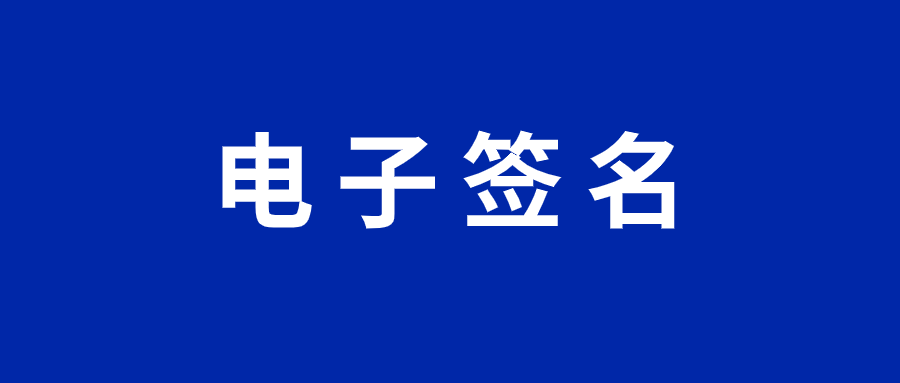医疗行业案例:某医院用DocuSign实现电子病历即时签署
来源:电子签 时间:2025-09-09 17:00:47
在数字化转型的浪潮中,医疗行业正积极寻求高效、安全的解决方案以提升患者护理和运营效率。电子病历(EMR)的即时签署是其中的关键环节,它不仅关乎医疗记录的准确性,还直接影响患者安全和合规性。传统纸质签署流程往往导致延误、错误和成本增加,而电子签名技术如Docusign的出现,为医院提供了革命性的工具。某医院通过采用Docusign,成功实现了电子病历的即时签署,显著改善了工作流程。这一案例展示了技术如何赋能医疗保健,推动行业向前发展。
电子病历即时签署的重要性
电子病历是医疗服务的核心,包含患者的诊断、治疗计划和进展记录。即时签署确保这些记录及时可用,减少因延迟导致的医疗错误。在紧急情况下,快速访问签署的电子病历可以挽救生命。签署过程必须符合法规如HIPAA(健康保险携带和责任法案),以保护患者隐私。传统方法中,医生需物理签署纸质文件,这常造成瓶颈,尤其是在多科室协作时。电子签名解决方案如Docusign自动化了这一过程, enabling real-time updates and secure storage.
Docusign在医疗行业的应用优势
Docusign作为领先的电子签名平台,提供了一系列功能 tailored for healthcare. It ensures compliance with global standards, including FDA regulations and GDPR, through encryption and audit trails. The platform allows for seamless integration with existing EMR systems, enabling doctors to sign documents from any device, anytime. This flexibility reduces administrative burden and minimizes errors. For instance, in the case study hospital, Docusign was implemented to handle consent forms, discharge summaries, and treatment plans. The result was a 40% reduction in signing time and improved patient satisfaction due to faster turnaround.
某医院的具体实施过程
The hospital in question embarked on a digital transformation journey by partnering with Docusign. Initially, they conducted a thorough assessment of their current workflows, identifying pain points such as lost paperwork and delayed approvals. A pilot program was launched in the outpatient department, where Docusign was integrated with their EMR software. Training sessions were provided to staff, emphasizing security protocols and user-friendly features. Within months, the hospital expanded the use of Docusign to inpatient services and telemedicine. The implementation involved customizing templates for different document types, ensuring that all signatures were legally binding and timestamped.
成果与效益分析
Post-implementation, the hospital reported significant benefits. The average time for obtaining a signed electronic record dropped from 24 hours to under 30 minutes, enhancing care coordination. Error rates due to illegible signatures or missing documents decreased by 60%, leading to better compliance and reduced legal risks. Financially, the hospital saved approximately $50,000 annually on paper, printing, and storage costs. Patient feedback highlighted the convenience of digital processes, with many appreciating the ability to review and sign documents remotely. Moreover, the use of Docusign facilitated better data analytics, as all signed records were easily accessible for audits and reporting.
Overall, the adoption of Docusign for electronic medical record signing at this hospital exemplifies how technology can drive efficiency and safety in healthcare. By leveraging Docusign's robust platform, the institution achieved faster turnaround times, enhanced compliance, and cost savings. This case serves as a model for other healthcare providers looking to modernize their operations and improve patient outcomes through digital solutions.






